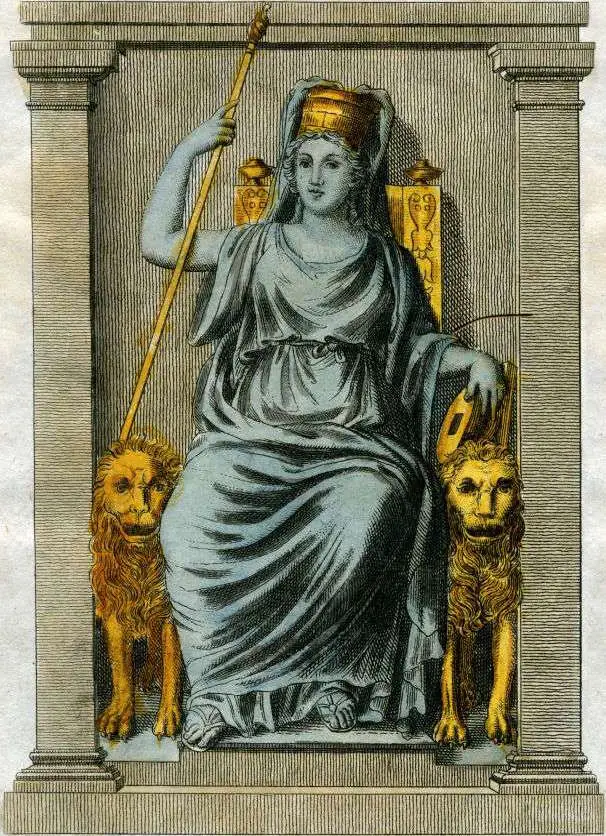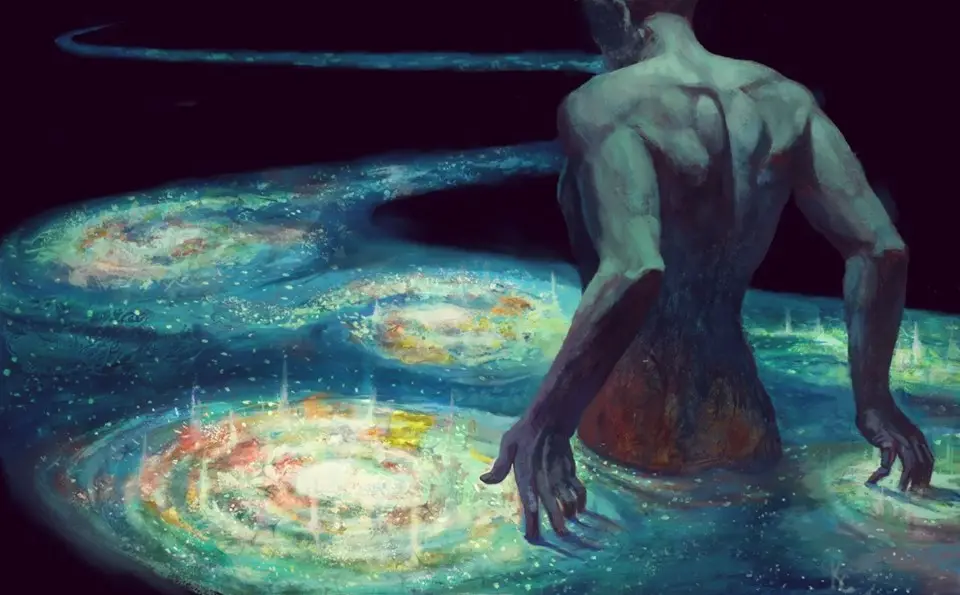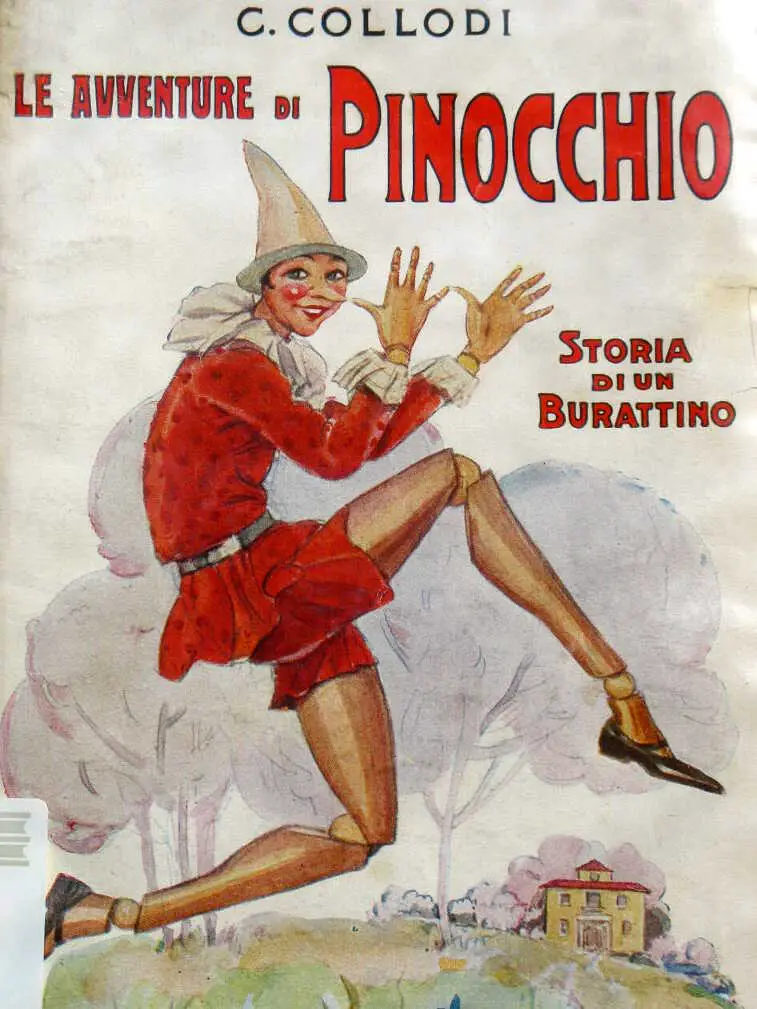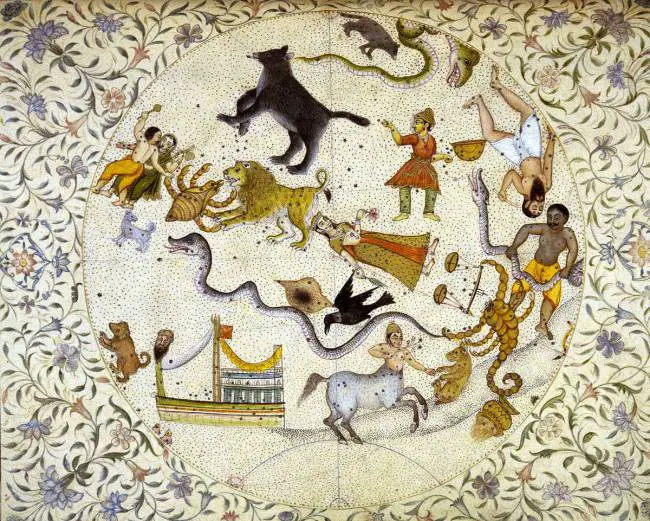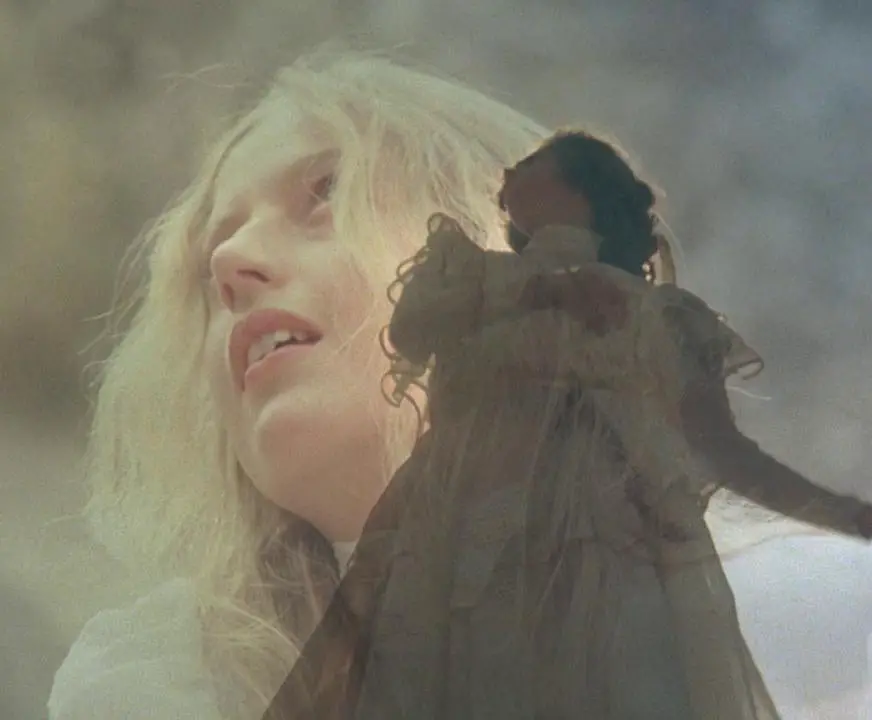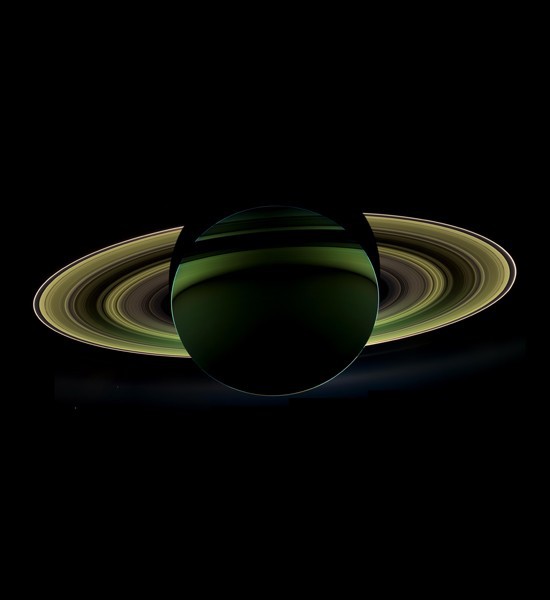Tag: George de Santillana
From Cybele to Demeter, the different faces of Mother Earth, or rather of the ecliptic
From the Phrygian tradition concerning Cybele, "goddess of the mountain and wild beasts", to the Indian tradition of Aditi, "inexhaustible source of abundance", up to the different Hellenic divinities such as Rhea, Demeter, Themes, Meti (without forgetting the various collective deities, always feminine, of destiny), an astrotheological reading emerges that can shed light on the aforementioned "Mother Goddesses of the Earth", provided that the latter is understood, following the studies of Santillana, Dechend and Richer (as well as the Platonic clues), in the meaning of ecliptic.
We do not live in time, but in "chronospheres"
The chronospheres are psychic experiences and dynamic spacetime events, like concentric circles in the water, they are different frequencies of the passing of time that involve us; if spacetime is like the ocean, the circles in the water are the traces and the different times that unfold and dilate, mixing and overlapping continuously
Pinocchio in Scandinavia: the roots of the fable in the Kalevala and in the Edda
Everyone knows "The Adventures of Pinocchio" by the Florentine writer Carlo Collodi; but many are unaware that he used archetypes, episodes and scenes to write him drawn from the legendary and fabulous heritage of Northern Europe.
The "revival" of Astrology in the 900s according to Eliade, Jünger and Santillana
The revival of the astrological discipline in the last century has aroused the attention of some of the greatest thinkers of the twentieth century, who analyzed the phenomenon philosophically and from a mythical-traditional point of view: from Ernst Jünger to Mircea Eliade, up to the "Fatalism" by Giorgio de Santillana.
Astronomy and Mathematics in Ancient India: The Insights of Brahmagupta and Bhāskara Acārya
Centuries before Galileo and Newton some Indian scholars such as Brahmagupta and Bhāskara Acārya, heirs of the millenary knowledge of the Vedas, they had already theorized the heliocentric model and the force of gravity; and again, calculus, second degree equations and the number zero.
Hamlet, or of infinity and action
Mythical-anthropological portrait of the protagonist of one of the most paradigmatic Shakespearean plays: reflections on the Dionysian Man in front of Mælström and non-sense, on the "border" where Hamlet reigns as "Fool", on the existing dichotomy between visible-tangible and invisible -intangible.
“Picnic at Hanging Rock”: an Apollonian allegory
Our analysis of Peter Weir's cult film, making use of the interpretative tools of the anthropology of the Sacred, in particular: the Sacred as "Totally Other" according to Rudolf Otto; the "breaking of level", the "suspension of time" and the theme of access to the Other World by Mircea Eliade; Apollonian symbolism according to the studies of Giorgio Colli.
Saturn, the Black Sun of the early days
An in-depth analysis of the most ancient sources in our possession leads us to the conclusion that, 'in illo tempore', in a perspective of "stellar symbolism" (and not yet "solar"), Saturn was considered the true King of Heaven.
Astrological Considerations on the Gospel: A Solar-Based Soteriology
di Andrew Casella
cover: “The creation of the Sun, the Moon and the stars”, ca. 1250-1260
The cycle of articles dedicated to sacred astronomy by Andrea Casella continues. In this appointment and in the one that will follow, the author focuses on the soteriology of the Christian Gospels, identifying the references — most of the time now forgotten and therefore misunderstood — to the ancient astroteological tradition. In this first part we will analyze in a special way the figure of John the Baptist and his relationship with Jesus (especially as regards "baptism") and that of Judas the Iscariot, connected with the constellation of Scorpio.


